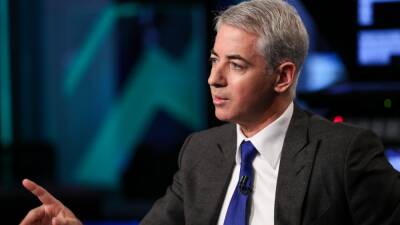Here’s a clever options strategy for cautiously optimistic Bitcoin traders
Bitcoin (BTC) entered an upward channel in early January and despite the sideways trading near $40,000, order book analysts cited "significant buying pressure" and noted that the overall negative sentiment might be heading towards exhaustion.
Independent analyst Johal Miles noted that BTC's price formed a bullish hammer candlestick on its daily chart on Jan. 24 and Feb. 24, hinting that the longer-term downtrend is close to an end.
However, the rally above $41,000 on Feb. 28 was unable to create strong demand from Asia-based traders, as depicted by the lack of a China-based peer-to-peer Tether (USDT) premium versus the the official U.S. dollar currency.
Currently, there is positive news coming from the potential adoption of crypto by global e-commerce marketplace eBay. On Feb. 27, CEO Jamie Iannone revealed that the tech giant is looking to transition to new payment modes for part of its $85 billion in direct annual volume that is transacted on the platform.
Bitcoin bulls also have a strong case to leave room for upside price surprises if the European Commission plans to isolate Russia from the international SWIFT cross-border payment network system.
In addition to cutting off Russia from SWIFT, the European Commission will "paralyze the assets of Russia's central bank." Whether or not intended, this showcases Bitcoin's decentralization benefits as an uncensorable means of exchange and a store of value.
Albeit the popular belief that futures and options are widely used for gambling and excessive leverage, the instruments were actually designed for hedge (protection).
Options trading presents opportunities for investors to profit from increased volatility or obtain protection from sharp price drops and these complex investment
Read more on cointelegraph.com



 cointelegraph.com
cointelegraph.com



![Avalanche [AVAX]: Mapping out the odds of a continued uptrend - ambcrypto.com](https://finance-news.co/storage/thumbs_400/img/2022/3/29/19720_flq.jpg)














